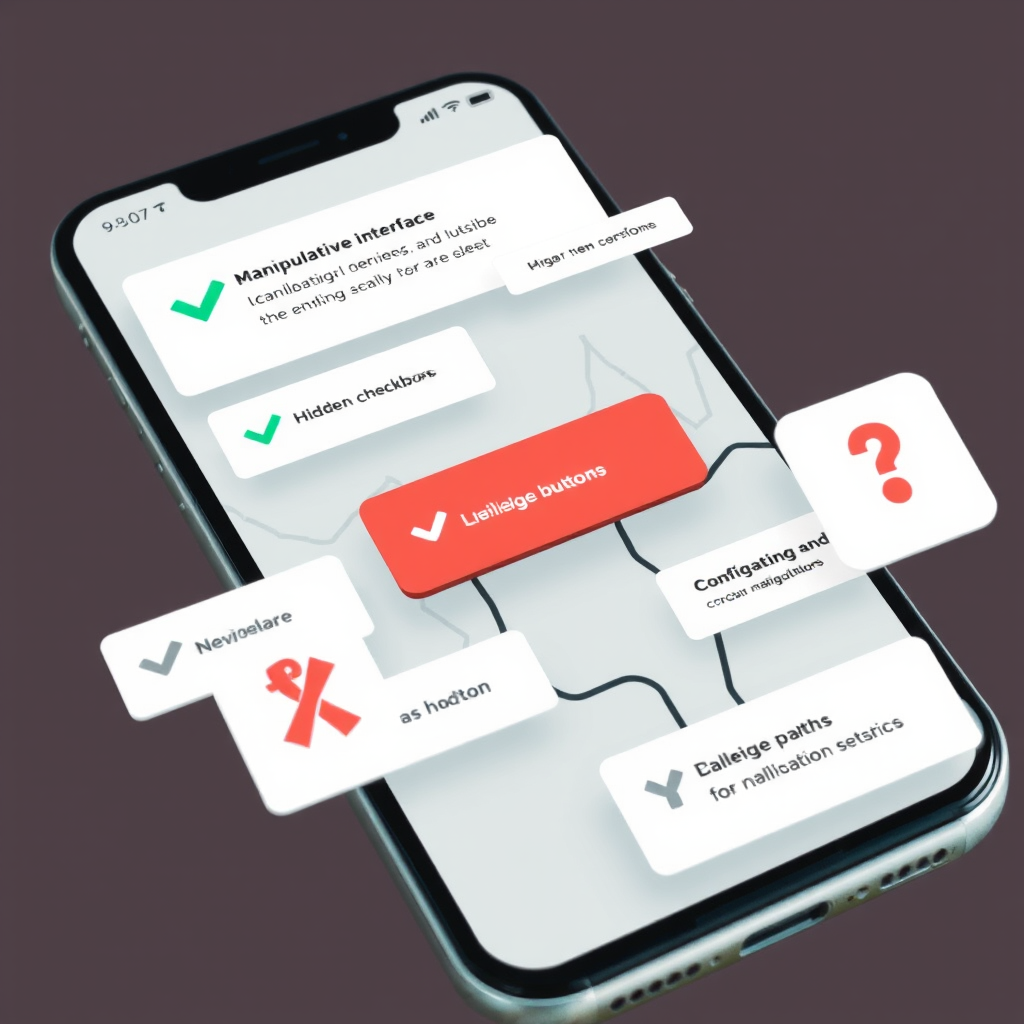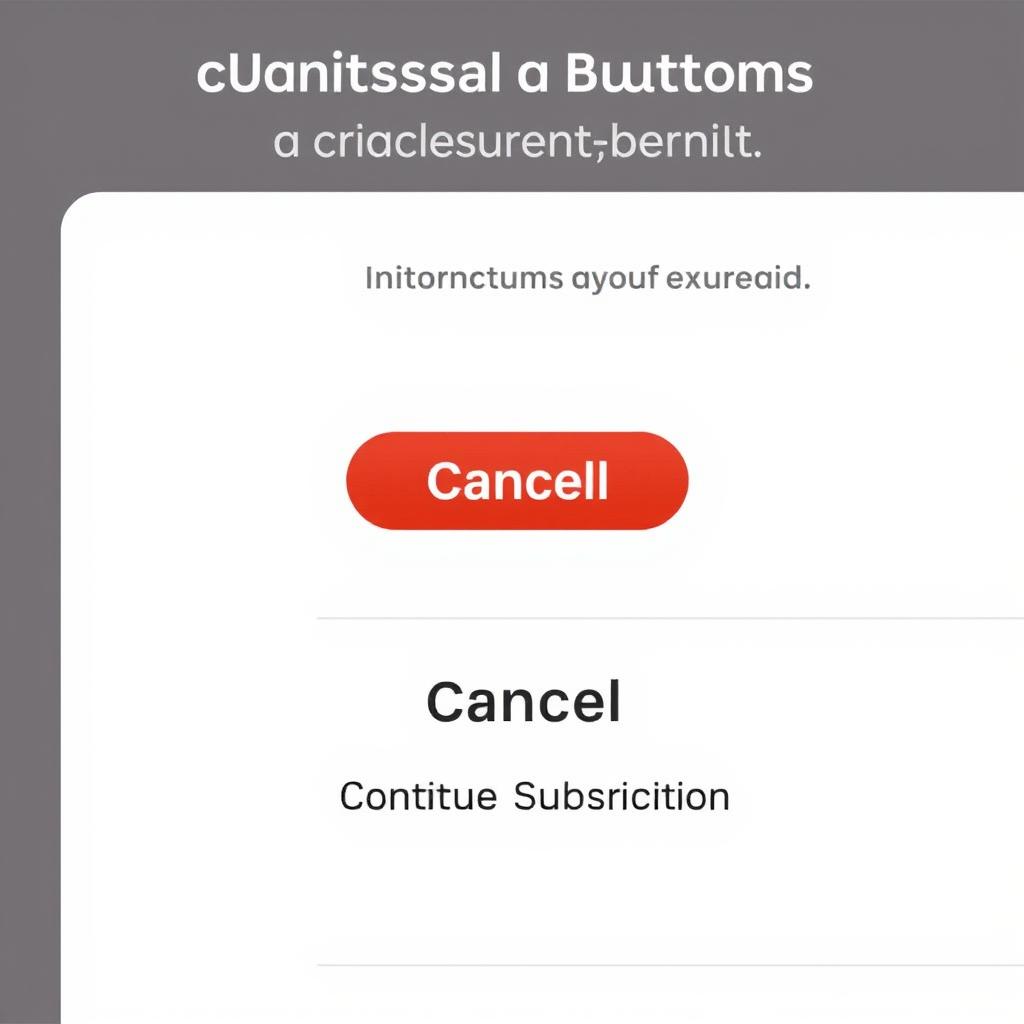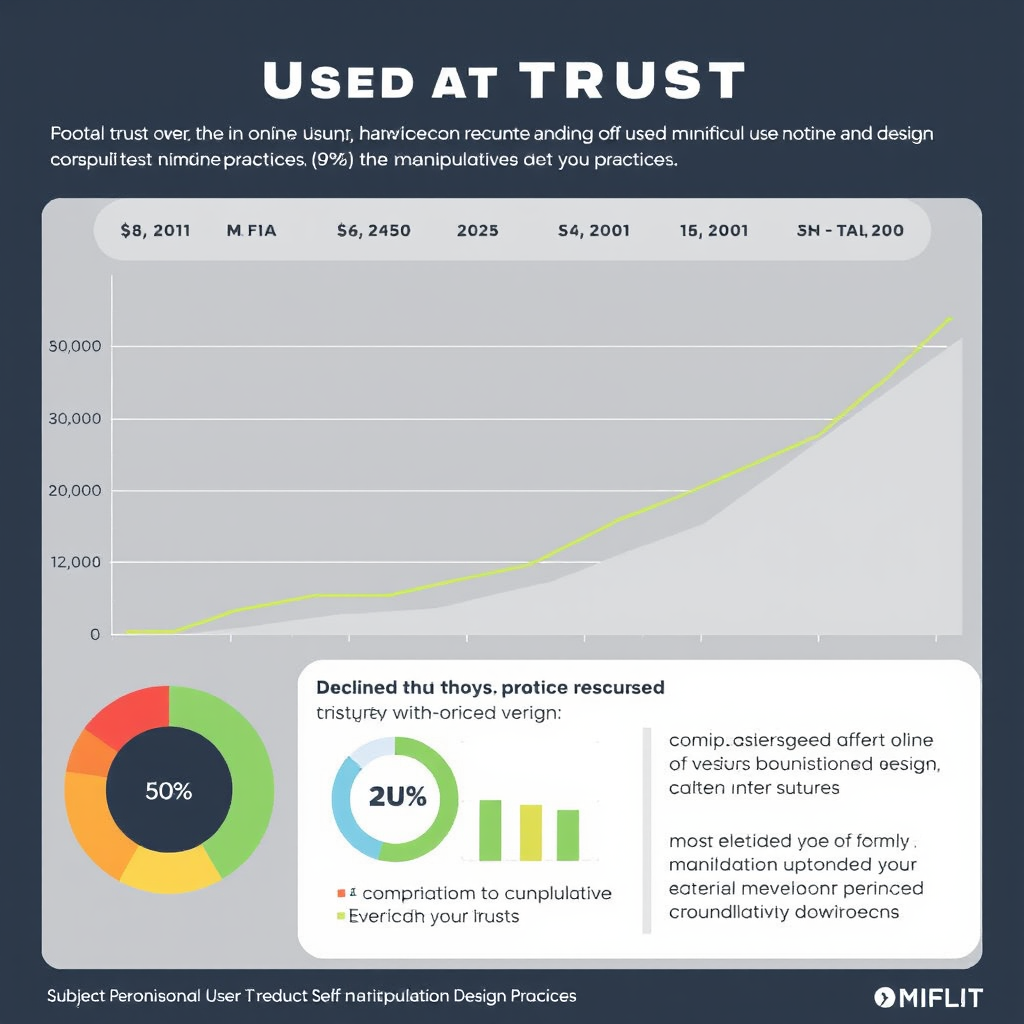
In the digital age, user experience design has evolved from simply making interfaces functional to actively influencing user behavior. While many designers strive to create helpful, intuitive experiences, a growing number of modern platforms employ what researchers call "dark patterns" — interface design choices specifically crafted to trick users into unintended actions.
Understanding Dark Patterns in Digital Behavior
Dark patterns represent a fundamental shift in how technology companies approach user interaction. Rather than designing for user benefit, these practices prioritize business metrics over user autonomy. The term, coined by UX specialist Harry Brignull, describes interfaces that are carefully crafted to be deceptive, manipulative, or coercive.
These manipulative design elements have become increasingly sophisticated as companies gather more data about user habits and daily routines. By understanding how people interact with mobile platforms and productivity tools, designers can exploit cognitive biases and behavioral patterns to drive specific actions.
Common Dark Pattern Techniques
Hidden Costs and Bait-and-Switch

One of the most prevalent dark patterns involves concealing additional costs until the final moments of a . E-commerce platforms and subscription services often display attractive base prices, only to reveal mandatory fees, taxes, or "convenience charges" at checkout. This practice exploits the psychological principle of loss aversion — once users have invested time in the purchase process, they're more likely to complete it despite unexpected costs.
The bait-and-switch variant involves advertising one product or service while delivering something different. Subscription services might promote a "free trial" that automatically converts to a premium plan, or apps might advertise certain features that are actually locked behind additional paywalls.
Forced Continuity and Subscription Traps
Modern platforms have mastered the art of making it easy to but difficult to cancel. This forced continuity pattern appears across various app usage patterns, from streaming services to productivity tools. Companies make subscription sign-up a one-click process while burying cancellation options deep within settings or requiring phone calls to customer service.
The psychology behind this approach leverages routine tracking and user habits. Once a service becomes integrated into someone's daily routines, the friction of cancellation often outweighs the monthly cost, even when the service is no longer actively used.
Misleading Interface Design

Visual hierarchy manipulation represents another sophisticated dark pattern. Designers use color, size, and positioning to guide users toward desired actions while making alternatives less visible. Cancel buttons might be styled in muted colors or placed in unexpected locations, while "Continue" or "Upgrade" buttons receive prominent visual treatment.
This manipulation of interface design extends to confirmation dialogs, where the destructive action (like deleting data) might be styled as the primary button, increasing the likelihood of accidental clicks.
The Psychology of Digital Manipulation
Dark patterns succeed because they exploit fundamental aspects of human psychology and behavior insights. Cognitive load theory explains why users often make quick decisions when faced with complex interfaces — our brains seek to minimize mental effort, making us susceptible to design cues that suggest the "easy" choice.
Social proof mechanisms also play a crucial role. Fake urgency notifications ("Only 2 left in stock!"), artificial scarcity, and fabricated social validation ("127 people are viewing this item") create pressure for immediate action. These techniques are particularly effective in mobile platforms where screen space limitations make it harder to verify claims.
Exploiting Routine and Habit Formation
Perhaps most concerning is how dark patterns exploit our natural tendency toward routine tracking and habit formation. Apps use variable reward schedules, similar to gambling mechanics, to create addictive usage patterns. Push notifications are timed to interrupt daily routines at moments when users are most likely to engage.
The integration of these patterns into productivity tools is particularly problematic, as it transforms helpful applications into sources of distraction and manipulation, ultimately undermining the very productivity they claim to enhance.
Impact on User Trust and Digital Literacy

The widespread adoption of dark patterns has significant implications for online interaction and digital life. As users become more aware of these manipulative practices, trust in digital platforms erodes. This creates a defensive mindset where users approach new interfaces with suspicion, potentially hindering the adoption of genuinely beneficial technologies.
The erosion of trust particularly affects vulnerable populations, including elderly users and those with limited digital literacy. These groups may be less equipped to recognize and navigate dark patterns, making them disproportionately susceptible to manipulation.
Long-term Consequences for UX Trends
The prevalence of dark patterns is reshaping broader UX trends and user expectations. Users are developing "pattern recognition" skills, becoming more skeptical of design elements that previously seemed helpful. This defensive evolution in user behavior forces legitimate businesses to work harder to establish trust and demonstrate value.
Regulatory responses are also emerging, with legislation like the California Privacy Rights Act and European Digital Services Act beginning to address some dark pattern practices. However, the rapid evolution of technology often outpaces regulatory frameworks.
Building Ethical Design Practices
The antidote to dark patterns lies in embracing ethical design principles that prioritize user autonomy and transparent communication. This means designing interfaces that make it as easy to leave as it is to join, providing clear information about costs and commitments, and respecting user attention and time.
Ethical interface design also involves considering the long-term relationship with users rather than optimizing for short-term conversion metrics. Companies that invest in building genuine user trust often see better retention and advocacy rates than those relying on manipulative tactics.
The Role of User Education
Improving digital literacy is crucial for combating dark patterns. Users who understand common manipulation techniques are better equipped to make informed decisions about their technology and habits. This education should cover not just how to recognize dark patterns, but also how to evaluate the true value proposition of digital services.
Organizations and educational institutions have a role to play in promoting awareness of these issues, helping users develop critical thinking skills for navigating the digital landscape.
Looking Forward: The Future of User-Centered Design
As awareness of dark patterns grows, we're seeing the emergence of a counter-movement toward more ethical design practices. Some companies are beginning to differentiate themselves by explicitly rejecting manipulative design, instead focusing on creating genuinely helpful experiences that respect user agency.
The future of user experience design will likely be shaped by this tension between manipulation and empowerment. As users become more sophisticated in recognizing dark patterns, companies will need to choose between short-term gains through deception and long-term success through trust and value creation.
The most successful modern platforms of the future will likely be those that help users achieve their goals efficiently and transparently, without resorting to psychological manipulation. This represents not just an ethical imperative, but a competitive advantage in an increasingly skeptical digital marketplace.
This analysis of dark patterns in interface design reflects ongoing research into how technology influences user behavior and decision-making in our increasingly digital world.